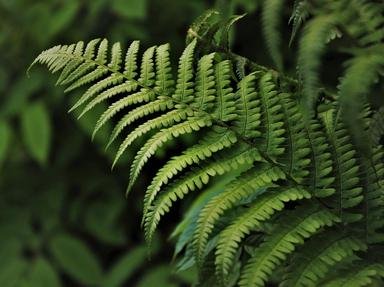Quiz Answer Key and Fun Facts
1. What is a common function of modified roots?
2. Raphanus sativus is a common salad vegetable. It belongs to the same family as turnip and mustard. Its roots are spindle shaped (fusiform). What is it commonly called?
3. Potato tubers are an example of modified plant roots.
4. This type of modified root is seen in asparagus. A cluster of swollen storage roots arise from the basal node of the stem.
5. Pneumatophores are a kind of modified root seen in mangroves and other plants seen in swampy environments. The main function of pneumatophores is:
6. This root is conical in shape. It belongs to the genus daucus and is rich in a pigment called beta-carotene. (Hint: "What's up, daucus?!")
7. Tapioca has tuberous roots arranged in bundles called fascicles. What is tapioca also known as?
8. Beta vulgaris is:
9. Assimilatory roots are photosynthetic in function.
10. What is *not* a kind of modified root?
Source: Author
joe_zax
This quiz was reviewed by FunTrivia editor
crisw before going online.
Any errors found in FunTrivia content are routinely corrected through our feedback system.

